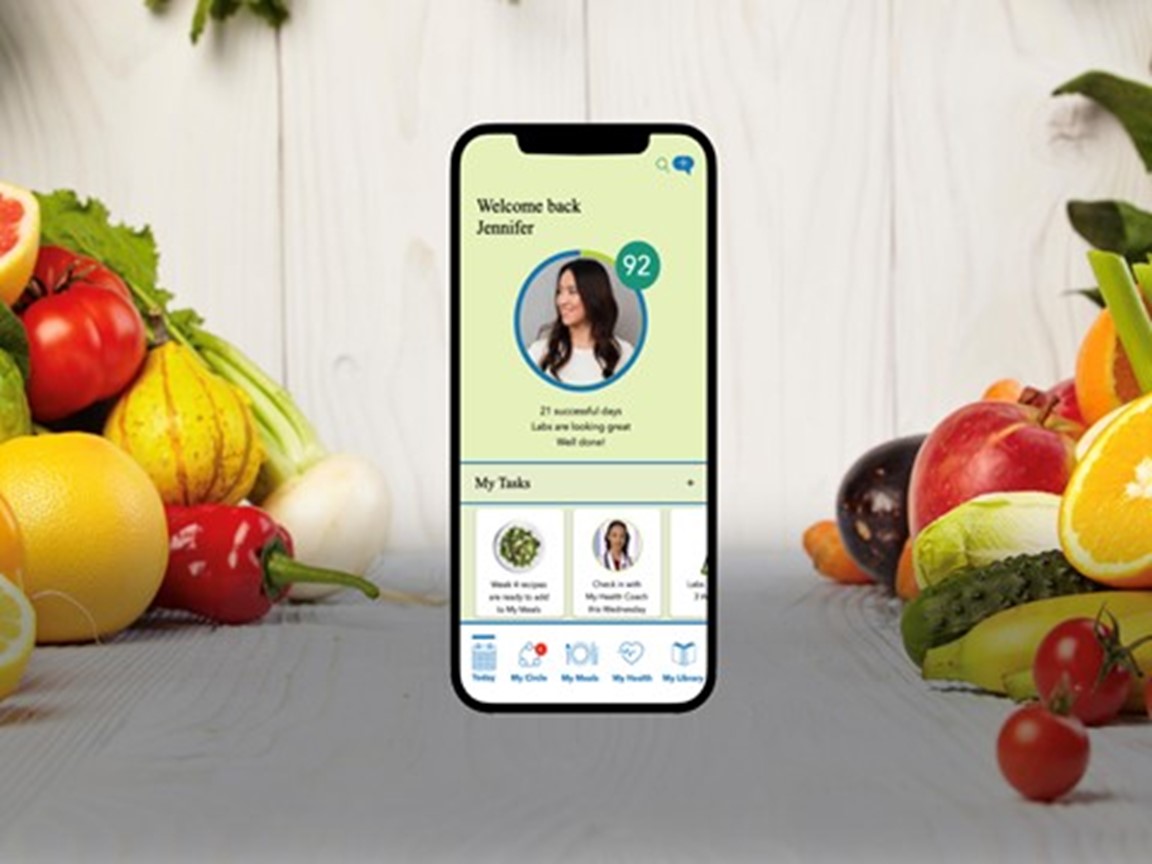Getting Kids Engaged in the Kitchen
One way to get SCD children more motivated about their diet is to involve them in the kitchen. Learning how to plan, shop for, and cook their own food helps them help themselves to be healthier and provides the basis for lessons that will serve them throughout their lives!
Here are some ideas to engage your children in the kitchen:
- Involve them in meal planning. Having kids do some of their own meal planning sends a powerful message that they have a say over their life choices and it gives them an opportunity to pick and choose the foods and dishes they want, teaching them critical decision-making skills.
- Let kids pick out their own food at the grocery store. Whether it is selecting a cucumber or deciding if they want fish or chicken for dinner, letting kids make decisions about their food is empowering.
- Have them help with chopping, mixing, and pouring. Even young children can help out in the kitchen by slicing veggies or fruit, measuring out ingredients, washing greens, mixing batter, arranging items on a tray to be baked in the oven, snipping herbs from the kitchen garden, and decorating foods. Use child-safe cutting utensils and common sense to avoid kitchen-related burns and injuries.
- Teach children kitchen safety. Make sure they are aware of the dangers of hot stoves, ovens, and dishes; knives, food processors, and choppers and potential contamination of cutting surfaces and countertops from raw meat, poultry, and eggs.
- Grow your own herbs or vegetables. Fresh herbs perk up the taste of food and nothing delights a child more than plucking the first ripe cherry tomatoes off the vine. Children have a natural curiosity for new, nurturing experiences, and gardening—even if it is a single pot of chives on a windowsill—is a great way for kids to see where their food comes from and how it grows. It also gives them the satisfaction of knowing that they raised it themselves.
- Have children help clean up. One of the least exciting parts of cooking is the cleaning. It is best to clean up as you go along, so it is not overwhelming at the end. Children can help by wiping up counter top spills or messes on the floor, loading the dishwasher, putting away clean dishes and silverware in the drawers they can reach and other simple tasks. If they balk, you can point out that the sooner everyone can get out of the kitchen, the more time there will be for eating, reading stories, or other fun activities!
- Have them set the table and help out with serving. Younger children can set out the silverware, dishes, cups, and napkins. This task might be more fun if they and their siblings have special, personal plates or cups. School-age children can help bring out the food and serve it.
- Keep it positive and don’t be a perfectionist. When you cook with your kids, schedule enough time so you are not in too much of a hurry. Remember that they are still learning new skills, so they won’t be as quick in doing things as you are—or do them as perfectly as you might. It’s also very important that they not associate the kitchen and cooking with negative feelings, getting yelled at, anxiety, and stress. These associations may stay with them a lifetime so keep it light and fun.
- Make them a part of the kitchen staff, with their own tools. Children love to take ownership and you can provide them with a supportive environment. It might come in the form a personalized apron, a recipe box with cards they can write on, child-size kitchen utensils, special kitchen towels or colorful measuring cups and spoons.
- Praise them. Be sure to let your children know when they’ve done a great job, and thank them for it. Then enjoy your meals together!




